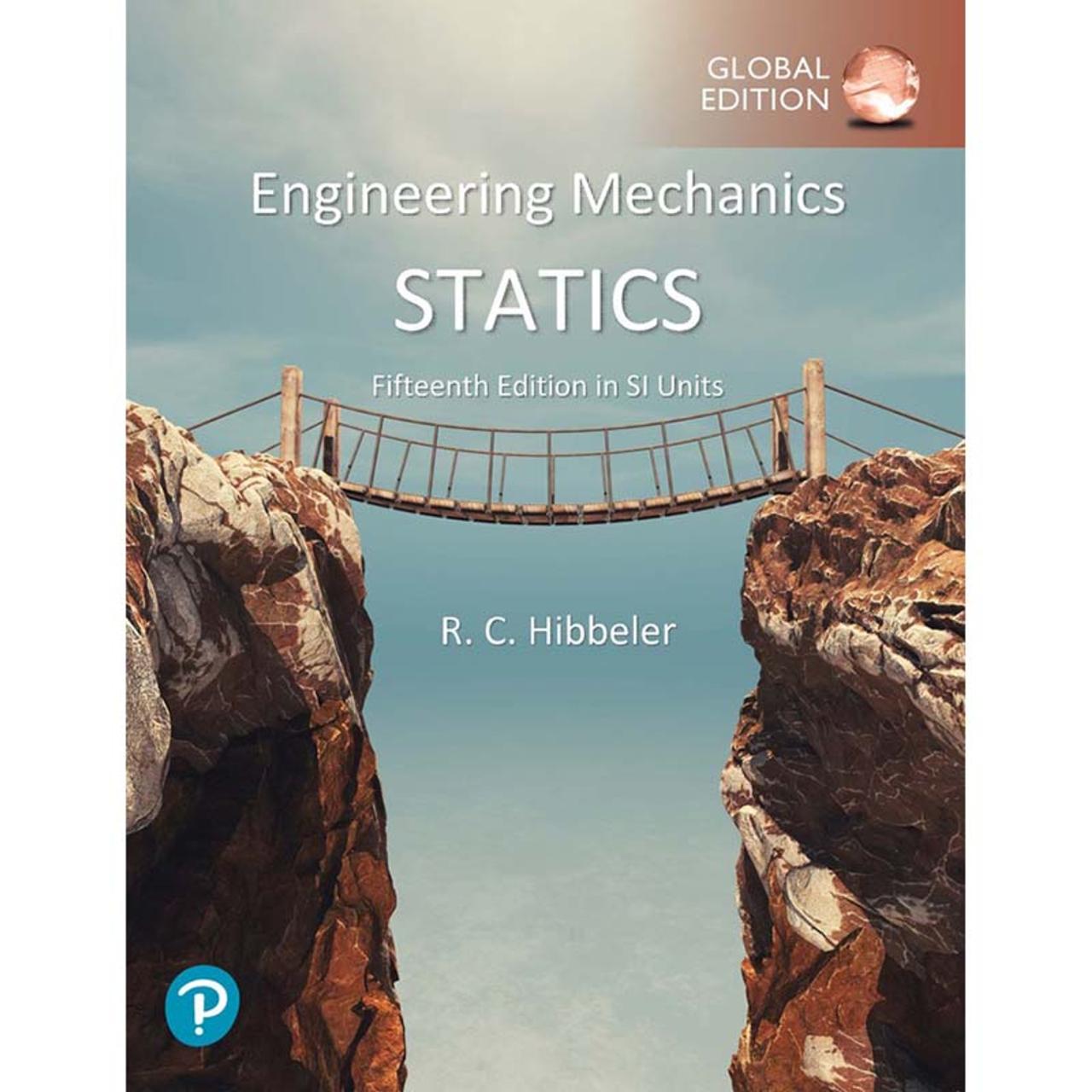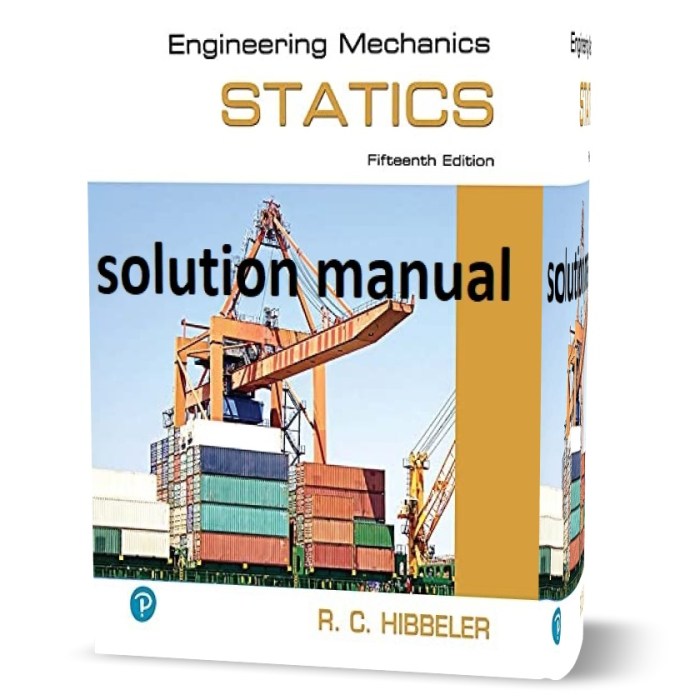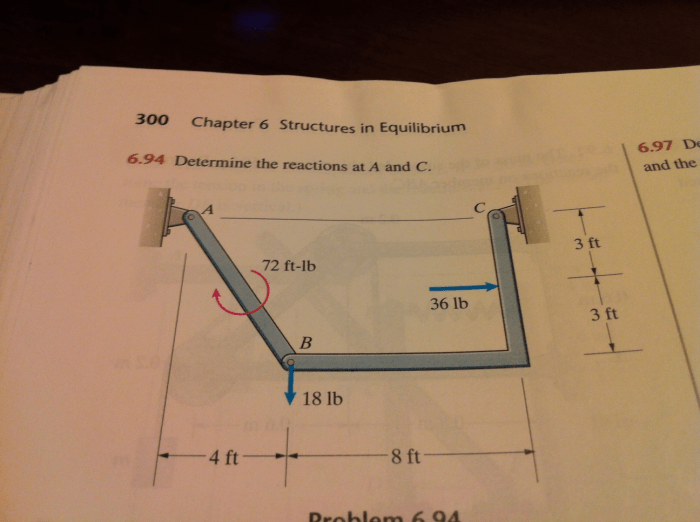Engineering Mechanics Statics 15th Edition is the latest installment of a classic textbook that has been trusted by engineering students for decades. Written by Russell C. Hibbeler, this book provides a comprehensive and engaging introduction to the fundamental principles of statics.
Statics is the branch of mechanics that deals with the analysis of forces and moments acting on stationary objects. It is a fundamental subject for all engineering disciplines, as it provides the foundation for understanding the behavior of structures, machines, and other engineered systems.
Overview of Engineering Mechanics Statics 15th Edition

The 15th edition of Engineering Mechanics Statics is a comprehensive textbook authored by R.C. Hibbeler and published in 2019. It is intended for undergraduate students in engineering and related fields, providing a rigorous introduction to the principles and applications of statics.
The book focuses exclusively on statics, which deals with the analysis of forces and their effects on stationary objects or systems. It covers fundamental concepts such as force, moment, equilibrium, and stress, as well as more advanced topics like virtual work, potential energy, and stability.
Fundamental Concepts and Principles
Statics is based on the fundamental concepts of force, moment, and equilibrium. Force is any action that can cause a change in motion, while moment is the turning effect of a force about a point. Equilibrium occurs when the net force and moment acting on an object are both zero.
These concepts are applied in various real-world scenarios, such as determining the forces acting on a bridge, analyzing the stresses in a machine component, or designing a stable structure.
Free Body Diagrams
Free body diagrams are essential tools for analyzing forces and moments. They represent an object in isolation, with all the forces acting on it shown as vectors. By applying the equations of equilibrium to the free body diagram, it is possible to determine the unknown forces and moments.
Analysis of Forces and Moments
The analysis of forces and moments involves applying the equations of equilibrium to various systems. These equations include:
- ΣF x= 0 (sum of forces in the x-direction equals zero)
- ΣF y= 0 (sum of forces in the y-direction equals zero)
- ΣM o= 0 (sum of moments about a point o equals zero)
These equations can be used to determine unknown forces, moments, or reactions in a system.
Shear and Moment Diagrams, Engineering mechanics statics 15th edition
Shear and moment diagrams are graphical representations of the shear force and bending moment acting along a beam or other structural element. They are useful for analyzing the stresses and deflections in the element.
Applications in Structural Analysis: Engineering Mechanics Statics 15th Edition

Statics is widely used in structural analysis, which involves the design and analysis of structures such as buildings, bridges, and machines. Statics principles are applied to determine the forces, stresses, and deflections in structural elements, ensuring their stability and safety.
Examples of applications in structural analysis include:
- Designing beams to withstand bending and shear forces
- Analyzing trusses to determine the forces in the members
- Calculating the reactions at the supports of a frame
Advanced Topics in Statics

Beyond the fundamental concepts, Engineering Mechanics Statics 15th Edition also covers advanced topics such as:
- Virtual work: A method for calculating the work done by forces on a system without actually moving it
- Potential energy: The energy stored in a system due to its position or configuration
- Stability: The ability of a system to resist overturning or collapsing
These advanced topics are essential for understanding the behavior of complex structures and systems.
FAQ
What is statics?
Statics is the branch of mechanics that deals with the analysis of forces and moments acting on stationary objects.
Why is statics important?
Statics is important because it provides the foundation for understanding the behavior of structures, machines, and other engineered systems.
What are the fundamental principles of statics?
The fundamental principles of statics include the laws of equilibrium, the principle of moments, and the principle of virtual work.